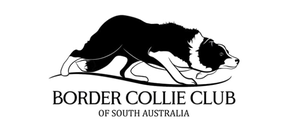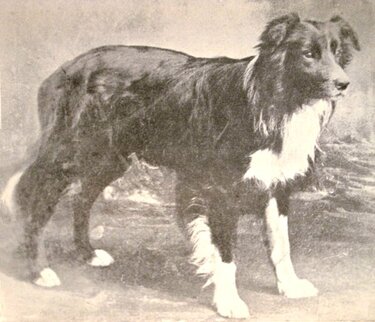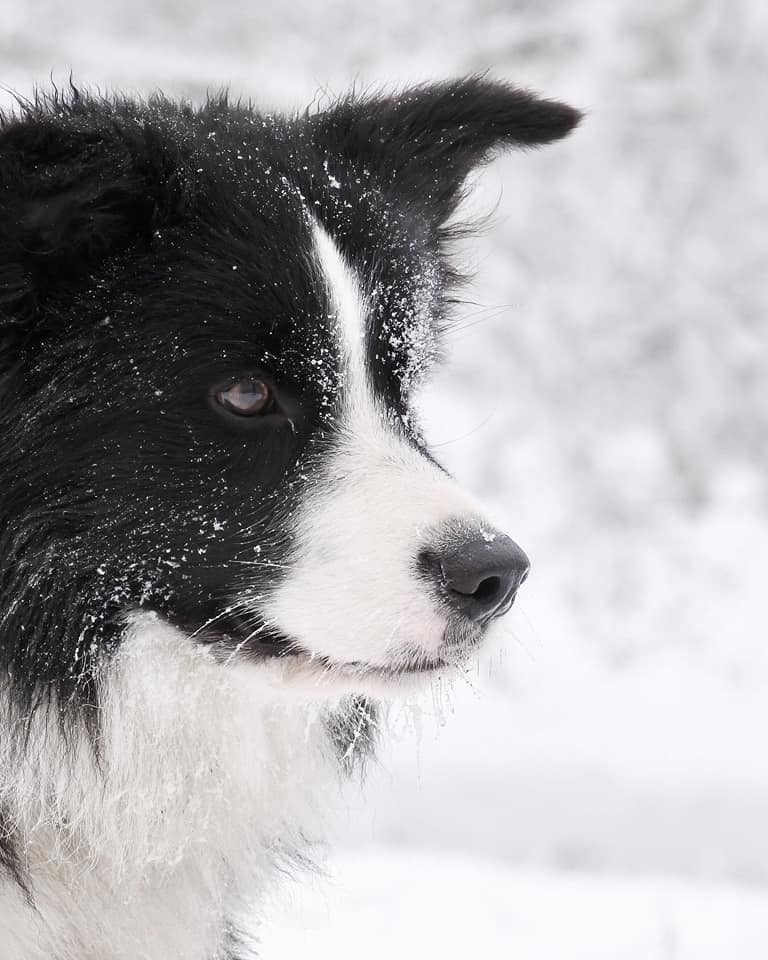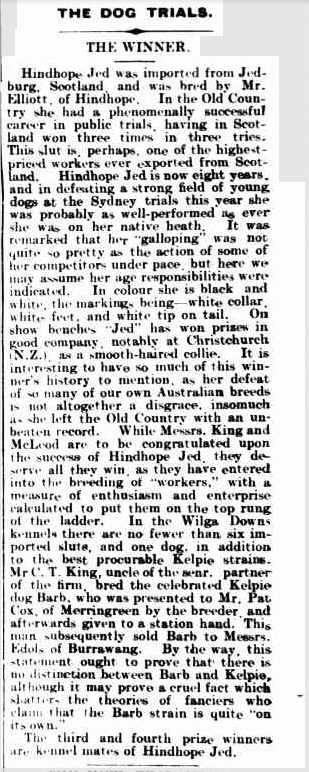|
The Border Collie is often referred to by the general public by the name 'sheepdog' and that's exactly what it was bred to be. They are renowned as the world’s greatest sheepdog and are likely to be the most widely used working dog today.
The Border Collie originated in the United Kingdom, or more specifically, in Scotland. Although the border country of Scotland saw the birth of the breed, it was nearby Northumberland which later produced the strain which is now famous throughout the whole world. The Border Collie was originally developed in and for the conditions existing on the vast tracts of land on the Welsh and Scottish borders with England. Here the terrain varies from mountains to sweeping moorlands, the winter weather conditions being very bleak with snow, wind and sleet. The breed was originally known as the "Working Collie" in the early 1900s and through selective breeding has evolved into the Border Collie we see today. It is believed the Border Collie comes from a very mixed ancestry of larger and less sensitive dogs such as the Bob-tailed sheepdog, Bearded Collie and the Harlequin Collie. The Border Collie as we know him today, probably emerged over two hundred years ago from this more rugged but intelligent stock. Selective breeding helped develop a dog that could cope with the harsh conditions, and the size and agility to cope with the mountainous terrain. He also needed the stamina and economy of movement to cope with the moorlands, coat and ear type for the weather conditions. Sheep can be anywhere from nervous/frightened to aggressive. The ‘stealth’ referred to in the Standard is the Border Collies’ ability to ‘work’ his flock in a manner that does not disturb or distress them - a light footed, quiet movement, not drawing attention to itself until required. In 1893, Adam Telfer, a farmer living in Otterburn, mated a couple of his working collies, Roy and Meg and produced one called Old Hemp (pictured above), which might be regarded as the foundation sire of the Border Collie breed. Hemp indeed was early recognised as the very quintessence of the working sheep dog and his services were in great demand. Not only did he sire some two hundred puppies before he died in 1901, but he seems to have been capable of transmitting his own pre-potency to his offspring with the result that Border Collie pedigrees are about as clearly defined as any in the livestock world. The first sheepdog trial was held in Bala, Wales on October 9, 1873. With the introduction of International Sheepdog Trials in 1906, the outstanding ability of the Border Collie became apparent to the whole world and he subsequently became very much sought after in other countries such as New Zealand and Australia. In conjunction with the sheepdog trials, including the very first one held in 1873, there was often held a competition to find the ‘best looking’ or 'typiest' dog, after the dogs had run their course, a forerunner to our modern dog show. The dogs were evaluated on physical structure to determine which was best suited to perform the job of sheepherding, the basis of our Standard. The first recorded import of a Border Collie into Australia was Hindhope Jed (see attached news article) in 1901 and research has led us to believe that they were first shown in 1907. They were first shown at the Sydney Royal Show in 1933 as "Any Other Variety". Later, they were shown in the non-sporting group and in 1953, a separate group was formed, comprising the Australian Cattle Dog, the Australian Kelpie and the Border Collie. This was called "The Australian Working Dog Group" and it was at this time that the RAS Kennel Control classed the Border Collie as an Australian Working Dog, because it was one of the main working dogs in Australia and greatly relied on in our sheep and wool industry. This classification has carried through to the present day, although other breeds were added to these in 1961 and the group was then renamed the "Working Dog Group". While in the early 1950’s, several states had drawn up their own standards for the breed, it was not until 1963 that the ANKC adopted a national standard for the Border Collie. Successful breeding to type was often difficult during these early years, one factor being that until the early 1960’s Border Collies from working stock, or with unknown pedigrees, could be registered for breeding and the show ring. In the UK, where the breed originated, it did not enter the show ring until 1976, when it received Kennel Club recognition, and in USA the Border Collie was not given full recognition as a show dog in the Herding Group until 1995. The Border Collie’s intelligence, tractability and stamina are breed assets which have long been recognised and sought after in their sheep dog work. These same traits are now being put to good use by our "suburban" Borders in the fields of obedience, tracking and agility. Of course, the Border Collie is first and foremost, a sheep dog and for many years was used for this purpose only. However, the breed has shown its ability to adapt to city life: as long as the Border Collie is in the right home, it is a most attractive and companionable dog, intelligent, loyal and full of fun. |
Site powered by Weebly. Managed by CheaperDomains.com.au






